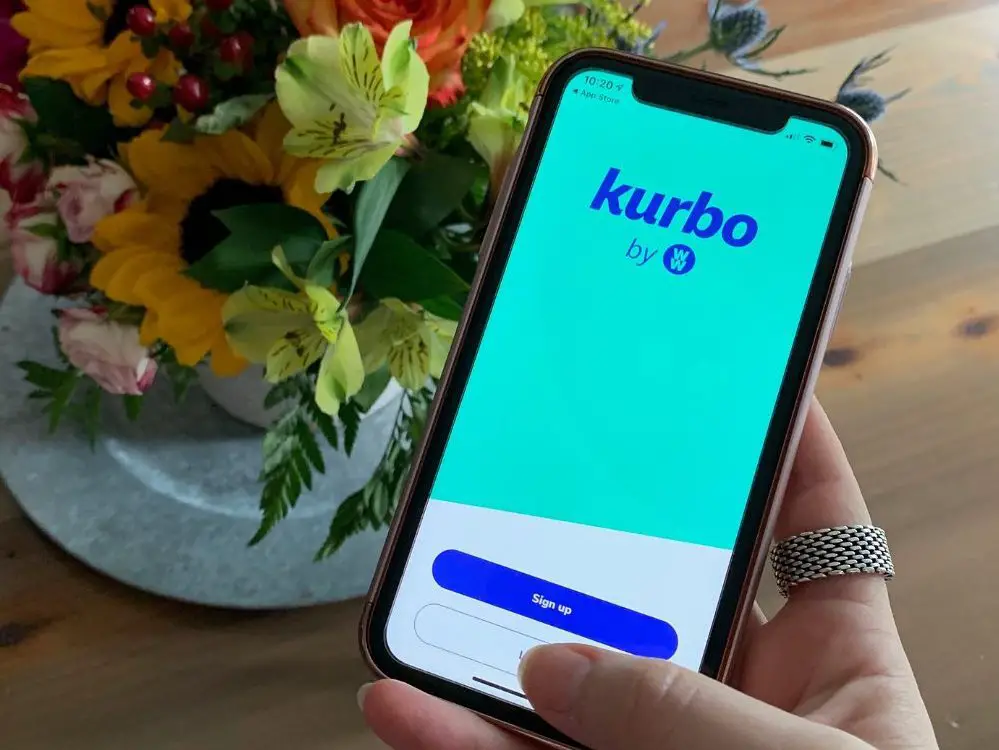In an effort to combat the growing obesity crisis, WW International — formerly known as Weight Watchers — launched Kurbo, an app to promote weight loss among children 8 to 17 years old. Kurbo hit the App Store earlier this month, whirling up a massive storm of controversy. While it might have a positive objective, the app stifles one problem and fuels another, possibly with more dangerous consequences.
The app was officially launched Aug. 13 and, according to the company, it helps kids and teens reach a healthier weight through “a scientifically-proven program” and “virtual coaching.”
Based on Stanford’s Pediatric Weight Control Program and decades of behavioral research, Kurbo provides tools to help kids adopt healthy eating habits. WW International claims that its program is proven and has so far been a success among its users, exhibiting some of their testimonies on their site. With a simple approach, the app is a free, easy-to-use and ideally improves eating behaviors.
Kurbo works so that all foods are allowed, but classified under three colors — green, yellow and red — and work similarly to a traffic light. The app classifies fruits as veggies as green, which means they can be eaten at any time. Yellow-printed items include lean proteins and pasta, which calls for users to watch their portions. The red color illustrates candy, soda and other forms of junk food. Kurbo states that users “don’t have to give them up — just stop and think how to budget them in.”
It chooses its words carefully, but the home screen amplifies the reds on its tracker, with greens and blues (activity) right next to it. It also tracks meals and snacks, and even schedules weekly video chats with a private coach. Essentially, the app is a pocket nutritionist for youth struggling with their weight.
In the recent century, obesity has grown into an epidemic. The World Health Organization schedules childhood obesity as one of the most serious public health challenges our society has to face. It might even reach a completely global scale if something isn’t done about it.
In America, the Center for Disease Control and Prevention calculated that 40% of adults and 20% of teens are obese. These are the highest ratings in recorded history, and they have proven to still be climbing. The increase of fast food and preservatives correlates to the trend, leaving Americans at the mercy of the crisis.
However, professionals are mostly concerned with the growing number of adolescents at unhealthy weights and how it will affect their long-term health. The Centers have found that 1 in 5 adolescents, 1 in 5 kids and 1 in 10 preschoolers are considered obese.
WW International has a proper reason to test a solution. But if not monitored, Kurbo could create more problems than the one it hopes to solve, specifically by increasing the likelihood of eating disorders in teens.
In the past, eating disorders have risen at the same rate as technology and junk food. Psychologists around the globe only started treating them in the 1970s, diagnosing anorexia nervosa, bulimia and binge eating disorder. Social media and its constant stream of impossible body standards have caused people to monitor their weight much closer, sometimes leading to life-threatening habits.
What makes Kurbo different than most dieting apps, however, is that it does not count calories. It’s designed to focus on green “healthy” foods over the red “unhealthy” food. It promotes activity and spaced-out meals to maintain average health goals among the public. By doing this and ignoring calorie limits, WW International is focusing on nutrition instead of intake. They’re taking into account that everyone has a different body type that requires different amounts of food. Not everyone has the same requirements, but everyone can be “healthy” by sticking to basic nutritional goals.
The main draw of the app is its expert coaching staff. According to Kurbo’s website, it offers a questionnaire to gauge a user’s personality and then matches them with their ideal coach. Supervision will ultimately sort through those with affirmed weight problems and those without.
Kurbo also stresses its cooperative work with family members of the users. If family is involved, it’s more likely that the app will be used to teach nutrition and healthy behavior. The more independent WW International makes it, the more they put children at risk for taking the message the wrong way.
Regardless, the public has fought against the controversial app, claiming that it’s not something children should have to worry about. Some even believe it introduces eating disorders early on in their development. There’s even a petition on Change.org to take down the app that has already reached 82,000 signatures.
Twitter has a stream of hashtags like #wakeupweightwatchers and #boycottweightwatchers that address the public’s major concerns. Overall, people are worried that exposing children to Weight Watchers’ diets will create insecurities and eventually lead to worse problems.
Kurbo could potentially be a disaster. It provides an easy way for those with eating disorders to continue their unhealthy habits. Dieting apps are still abused by teens to maintain the unmatchable body types they see on social media. Additionally, the idea of children managing their meals is foreign compared to the centuries they’ve regulated themselves.
But with our new diet of fatty and salty foods, kids need to learn about nutrition earlier than generations prior. The younger they are, the easier it will be for them to develop safe eating habits. This way, we can all learn how to combat both obesity and eating disorders and find the actual health in nutrition over calories.
So, is Kurbo the answer? If Kurbo focuses their resources on expert contacts, children with affirmed weight problems can be helped in the best way possible. Kurbo could be the future of nutritional education, but we need to ensure that it does, in fact, promote our vision of health.
















